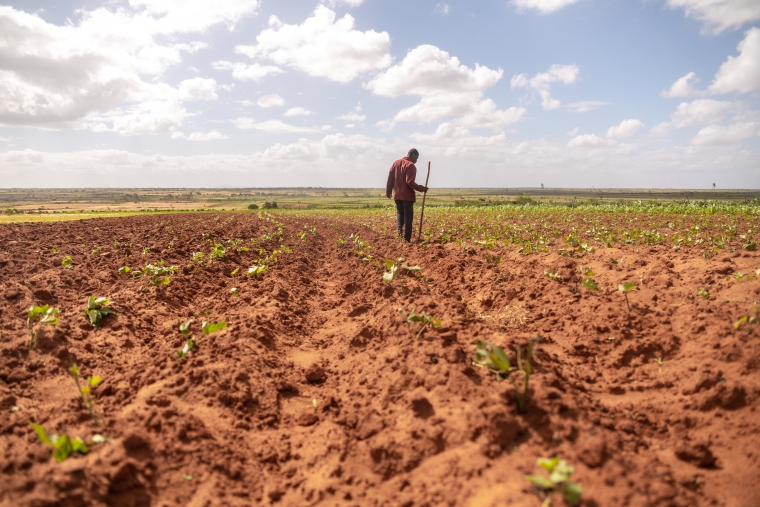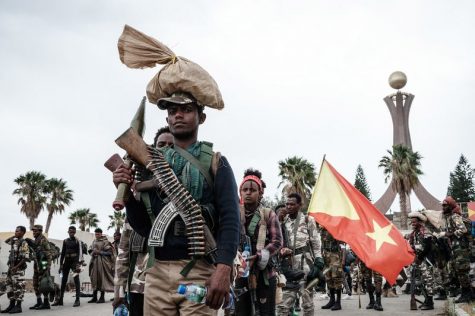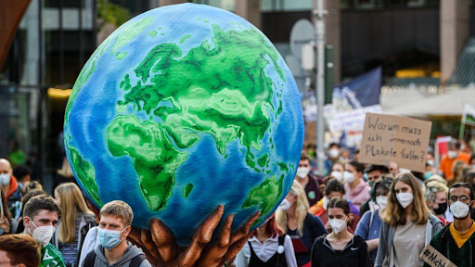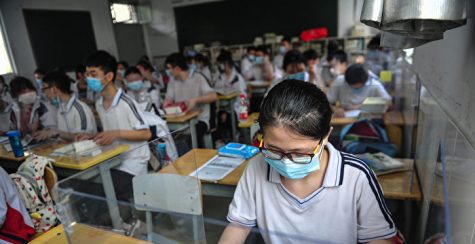Food Crisis in Madagascar Continues
March 22, 2022
Over one million people in Madagascar are struggling to get enough to eat because of what is said to be the world’s first famine caused by climate change.
Madagascar has only contributed 0.01% of all the carbon dioxide generated from 1933-2019, and
due to rising temperatures, the Big Island is experiencing its worst drought in 40 years. The impact of the drought on farming is leading to mass hunger and food shortages. This famine is placing more than 30,000 people in the most extreme stage of food insecurity a level five famine, as defined by the World Food Programme (WFP).
“People have had to resort to desperate survival measures, such as eating locusts, raw red cactus fruits, or wild leaves,” said Amer Daoudi, a senior director at World Food Programme (WFP).
People in southern Madagascar have been struggling with large food insecurity caused by drought for several years now, the conditions getting worse day by day. Although scientists believe that poverty, poor infrastructure, and a high level of dependence on rain for agriculture were also behind the country’s food crisis, this food crisis was attributed to being the first famine caused by climate change according to World Food Programme (WFP) official Shelley Thakral.
Madagascar is a country resilient to the effects of climate hazards, but over the past few decades, more than fifty natural disasters have struck the country, and cyclones, floods, drought, and locust invasions have affected the lives of more than half of the population.
These natural disasters have brought many food shortages and epidemics including malaria. By the end of June 2021, the WFP reported that 75% of children had abandoned school and were begging or foraging for food. Local media has said that out of the 2.5 million people who live in the southern districts of Madagascar, around 1.2 million are already suffering from food insecurity, while another 400,000, are in a critical situation of famine.
Climate change has disrupted the people of southern Madagascar’s cycle of farming, affecting smallholder farmers and their neighbors. The country is experiencing its worst drought in 40 years, making the land too dry to farm, ultimately leading to crop failure.
Over a third of households lack adequate food at any given time of the year. The causes of the drought and subsequent food crisis have been attributed to the lack of rain which usually takes place in the winter months of the year, but hasn’t. This severe lack of rain has led to depleted food sources and dried-up rivers, the leading cause of the famine.
“If global temperatures rise further, Madagascar is likely to suffer from stronger tropical cyclones and, in places, possibly more droughts,” says Lisa Thalheimer, a postdoctoral research associate at the Center for Policy Research on Energy and the Environment at Princeton University.
WFP is collaborating with humanitarian partners, and a government in southern Madagascar called the Malagasy Government, to provide a response to the crisis. Some 700,000 people are receiving life-saving food aid, including supplementary products to prevent malnutrition. The current drought’s impact is now being felt in larger towns in southern Madagascar too, with many children forced to beg on the streets for food.












